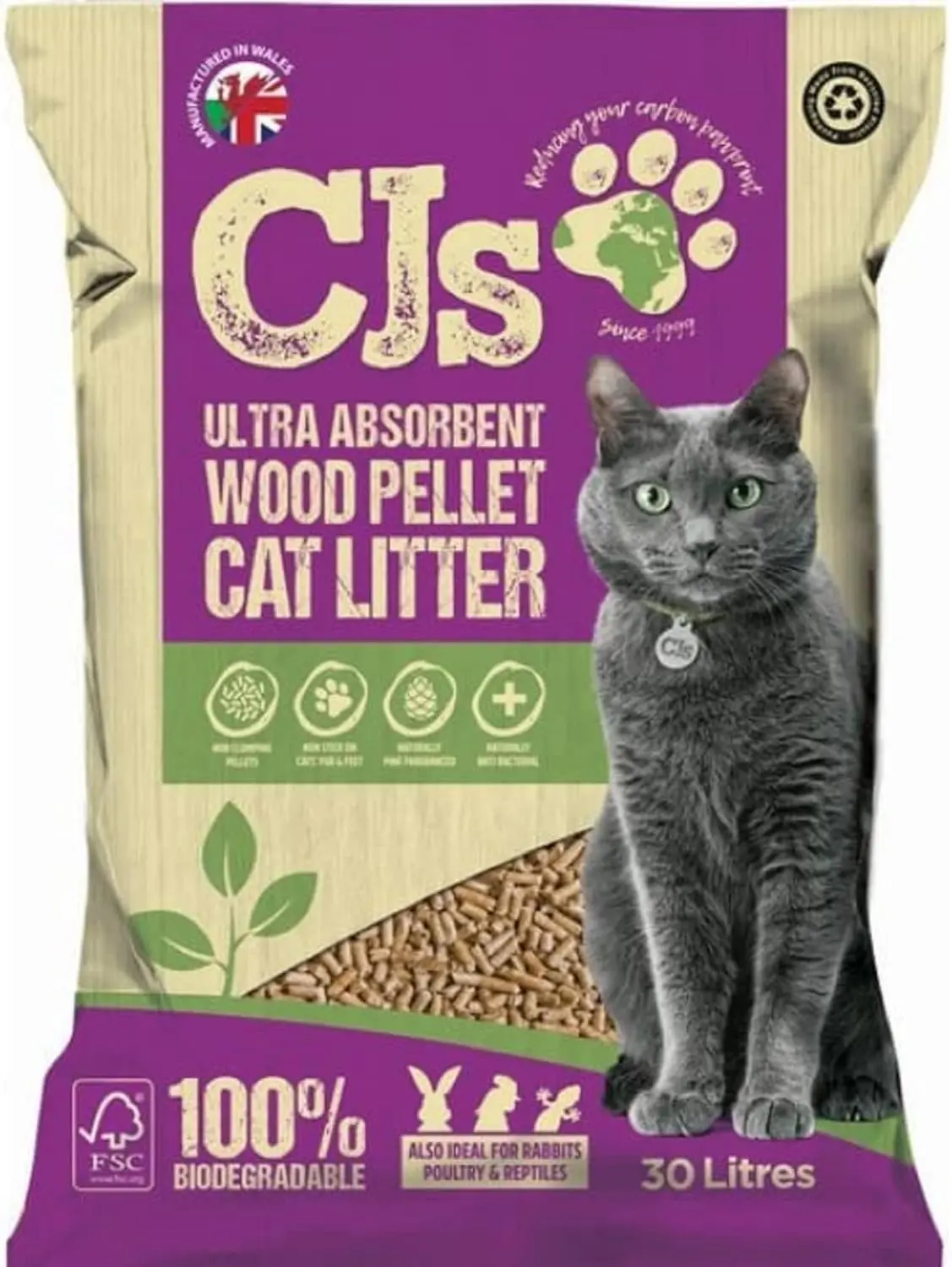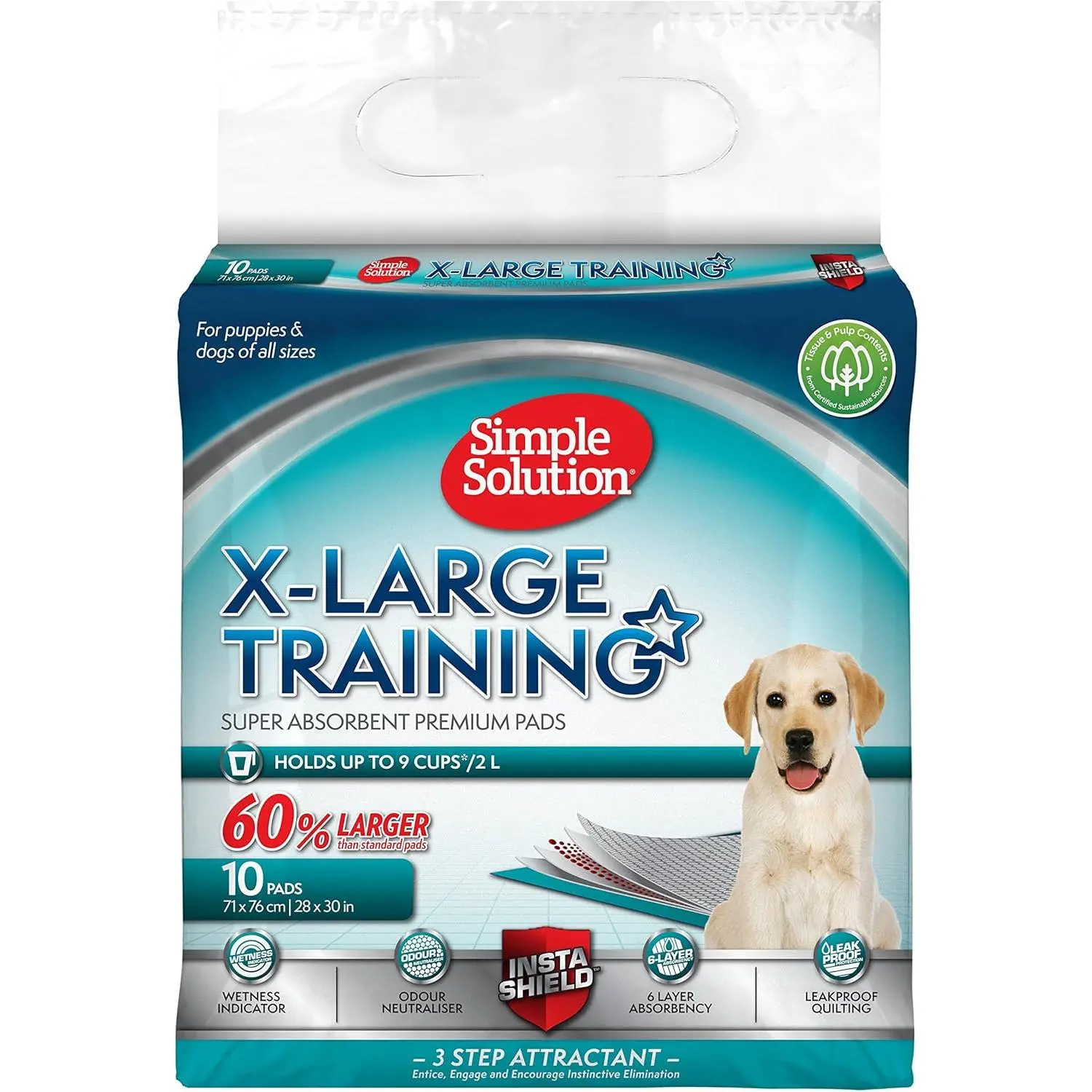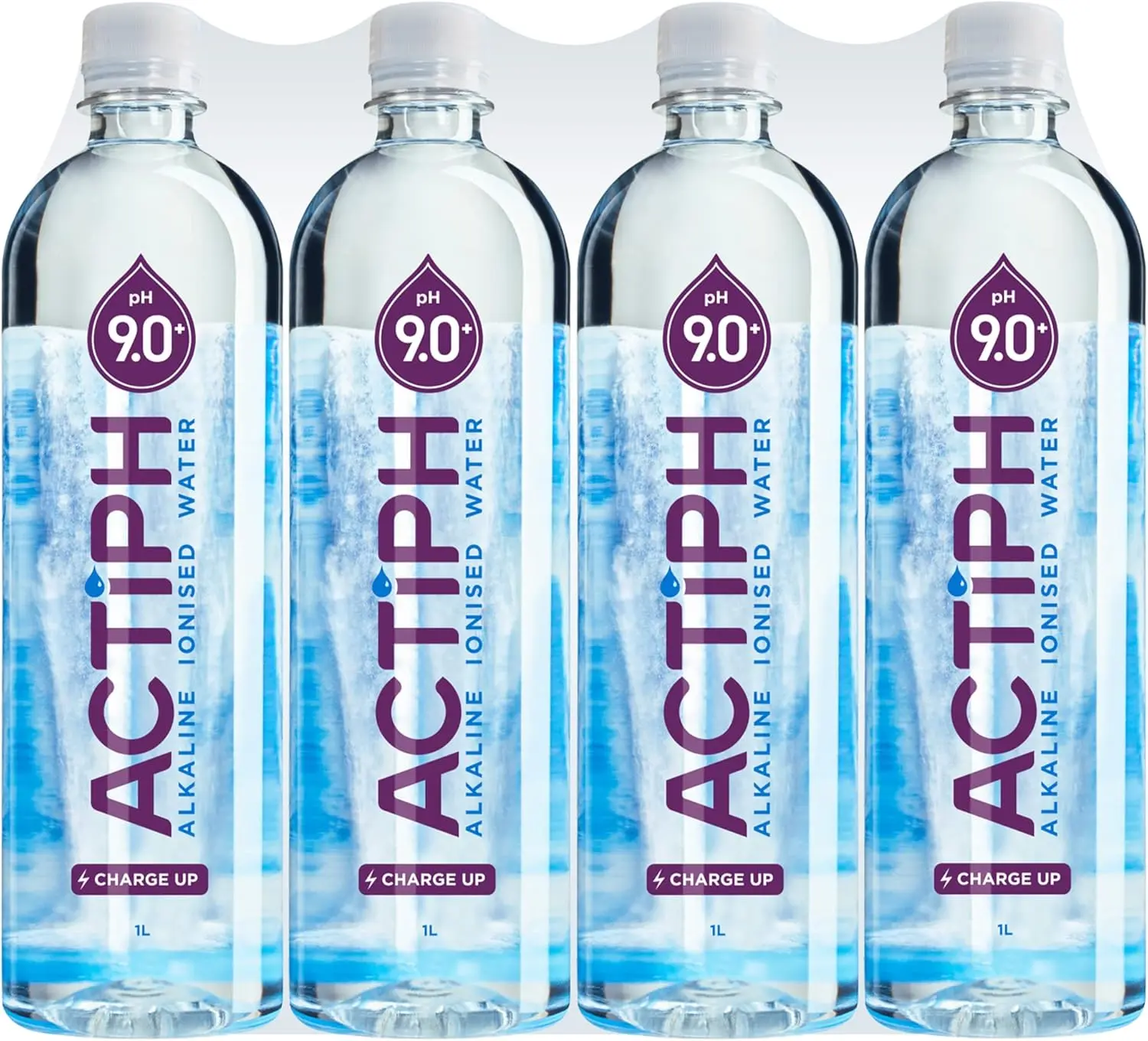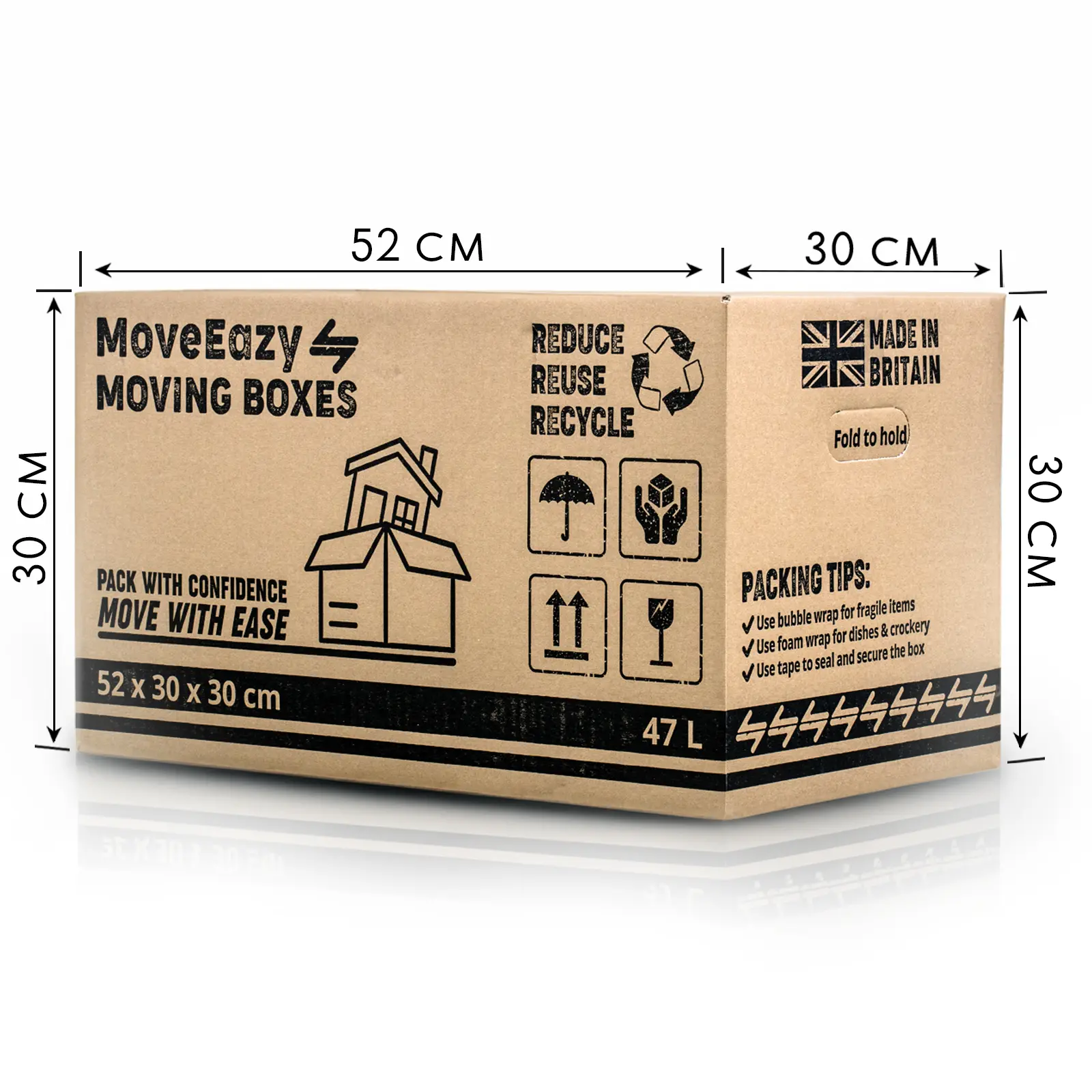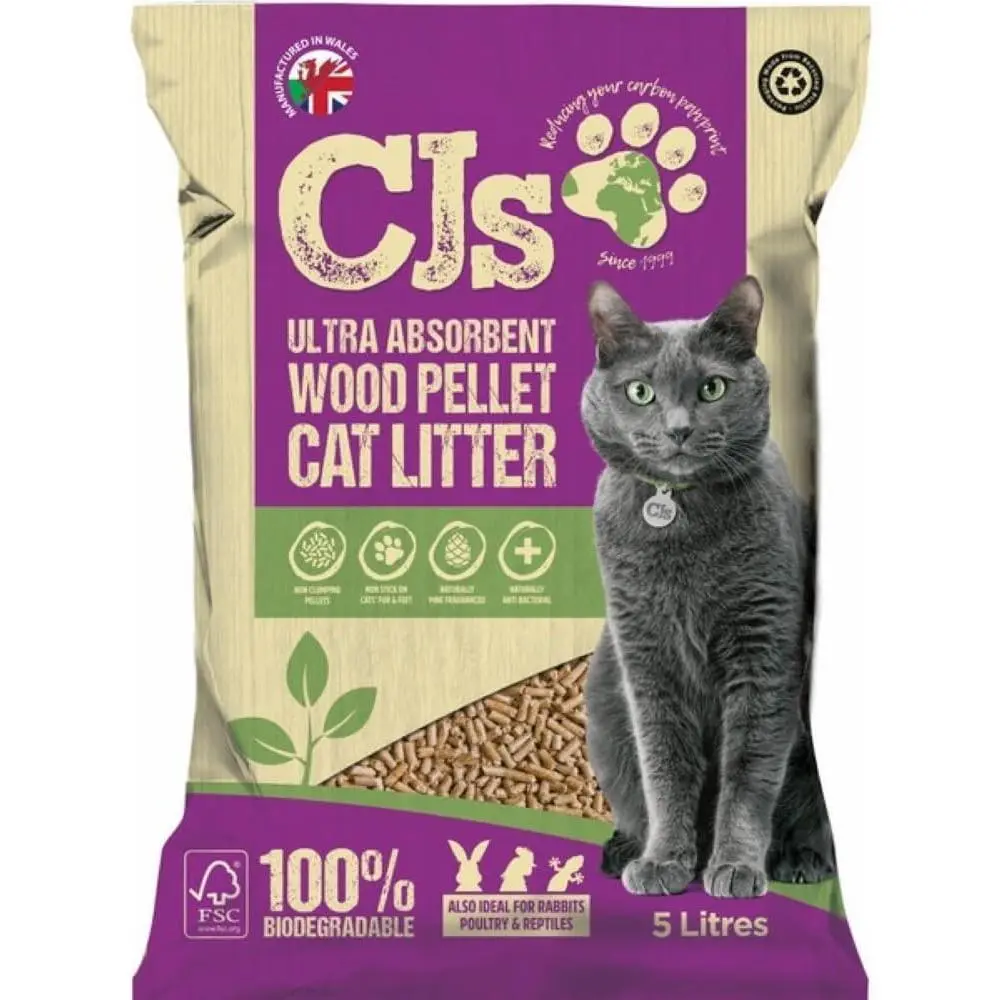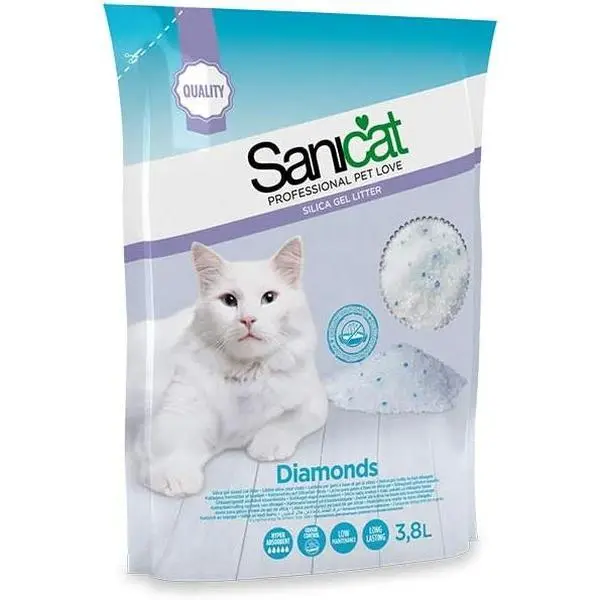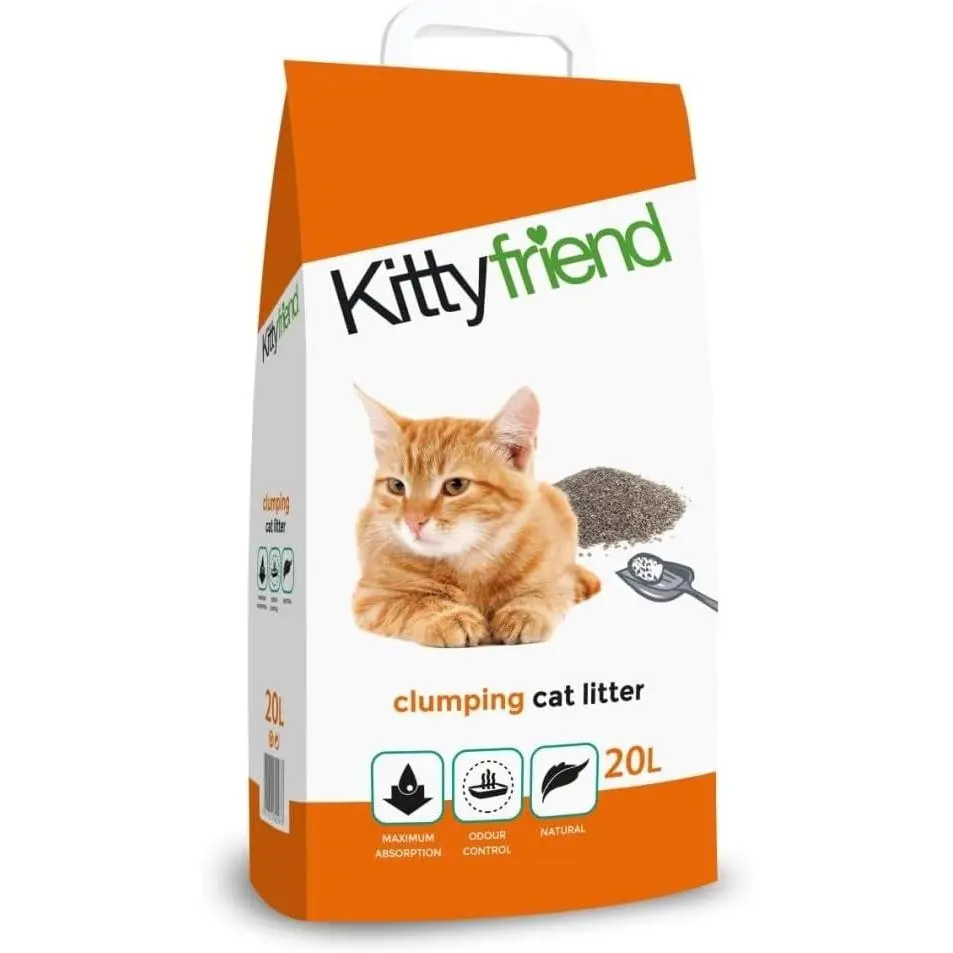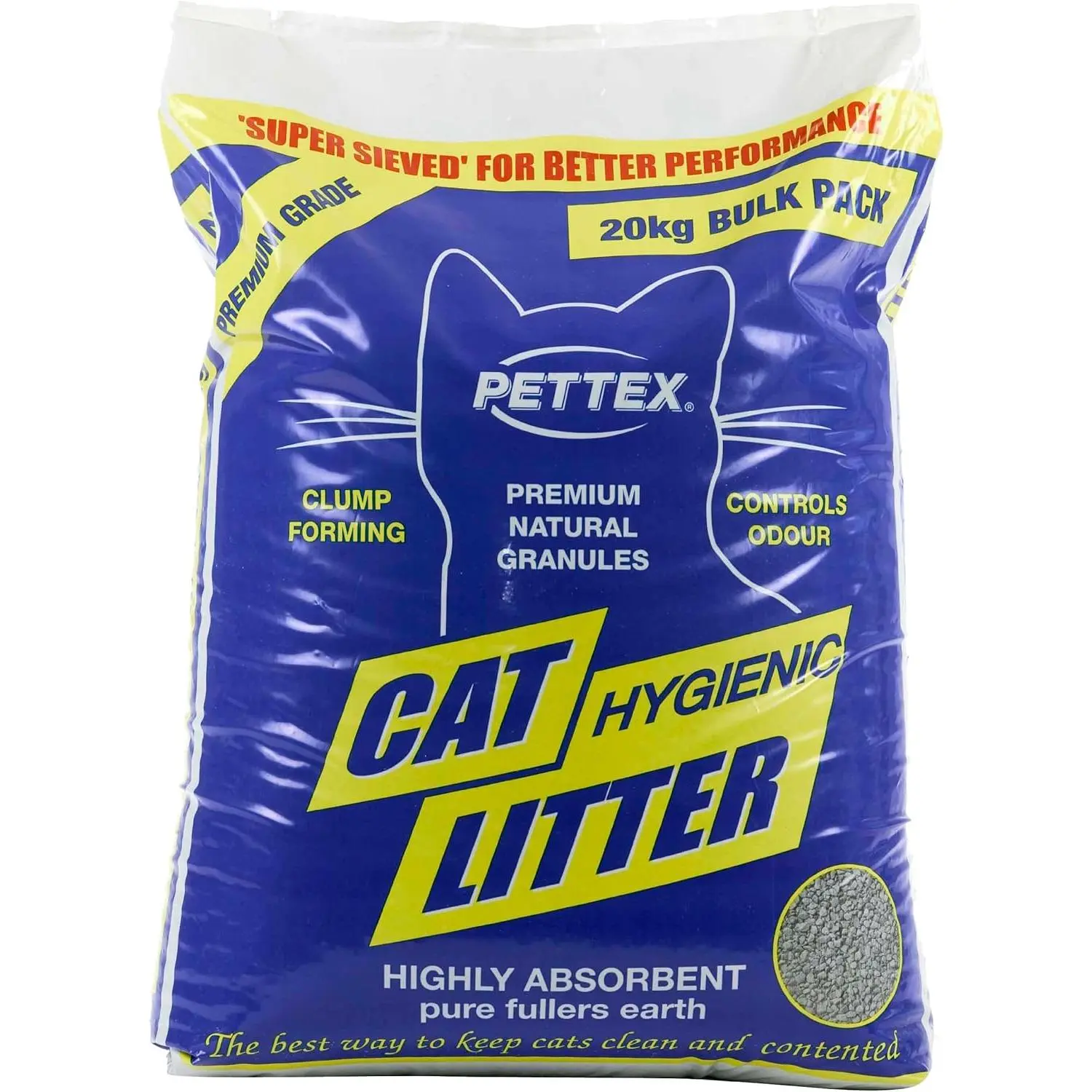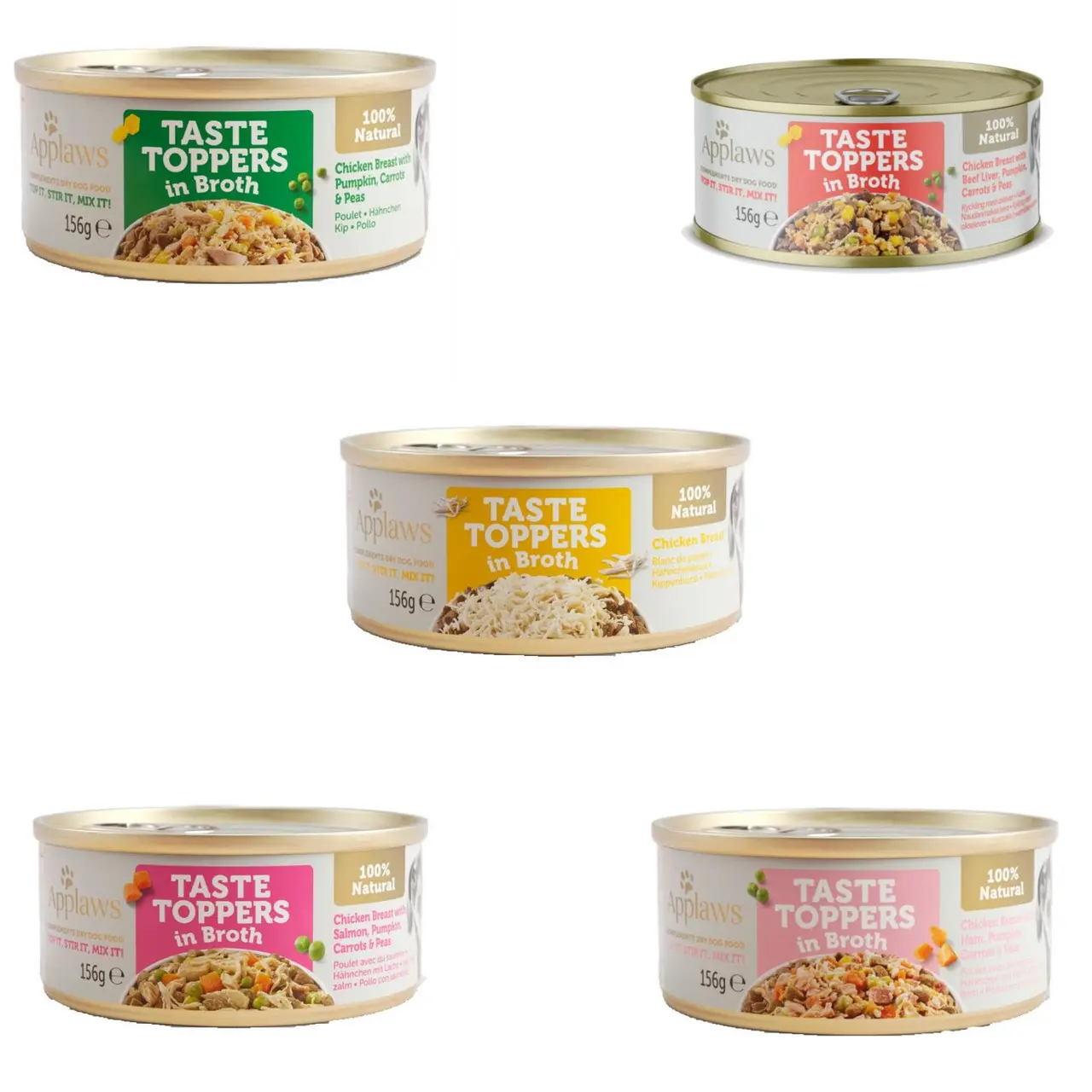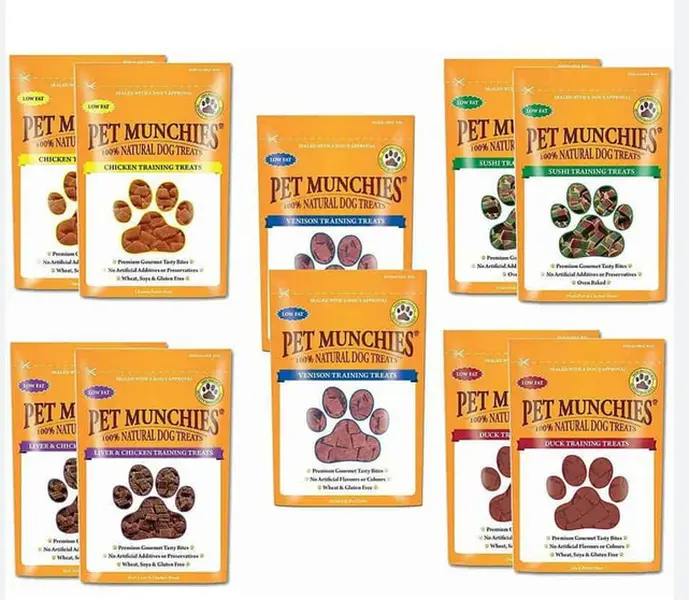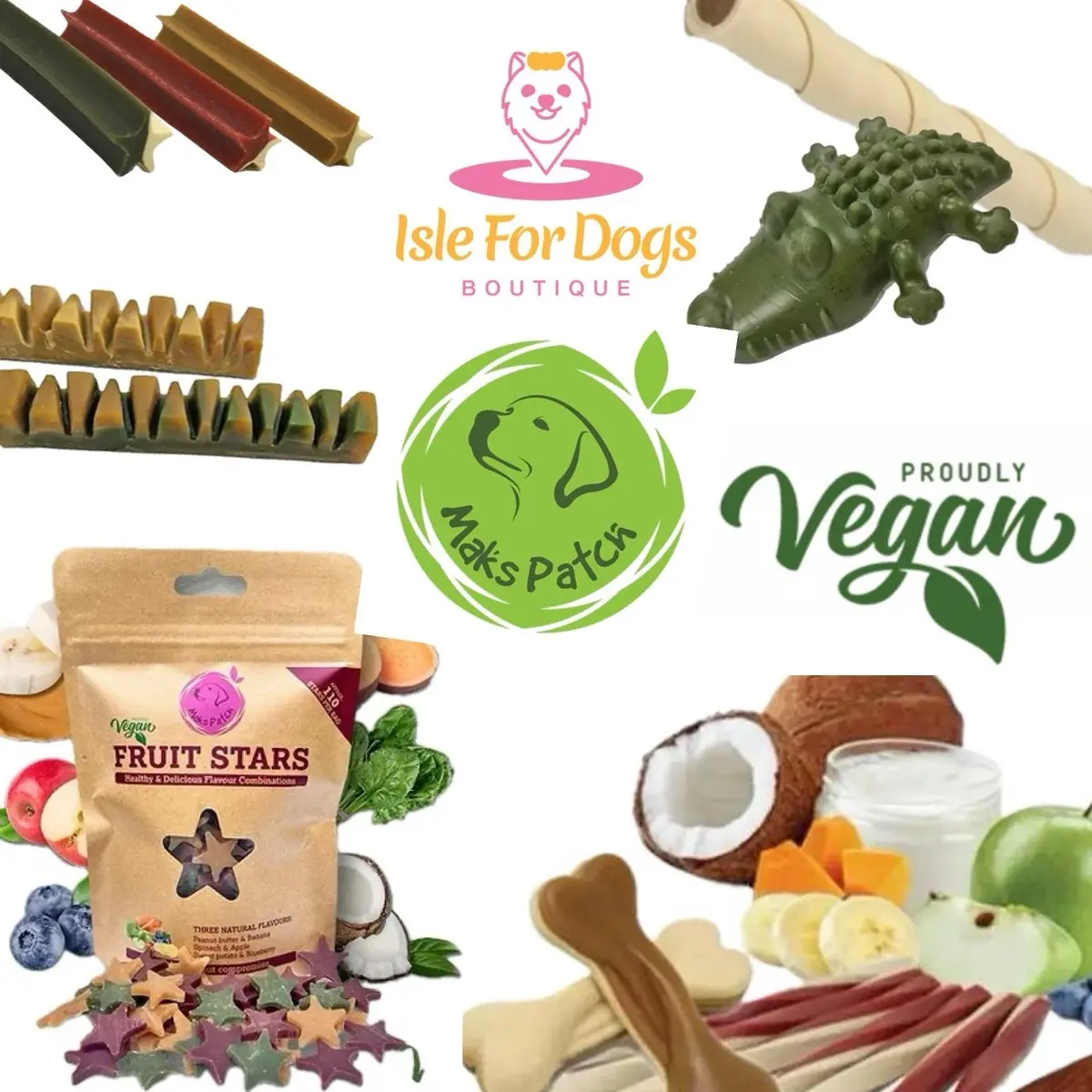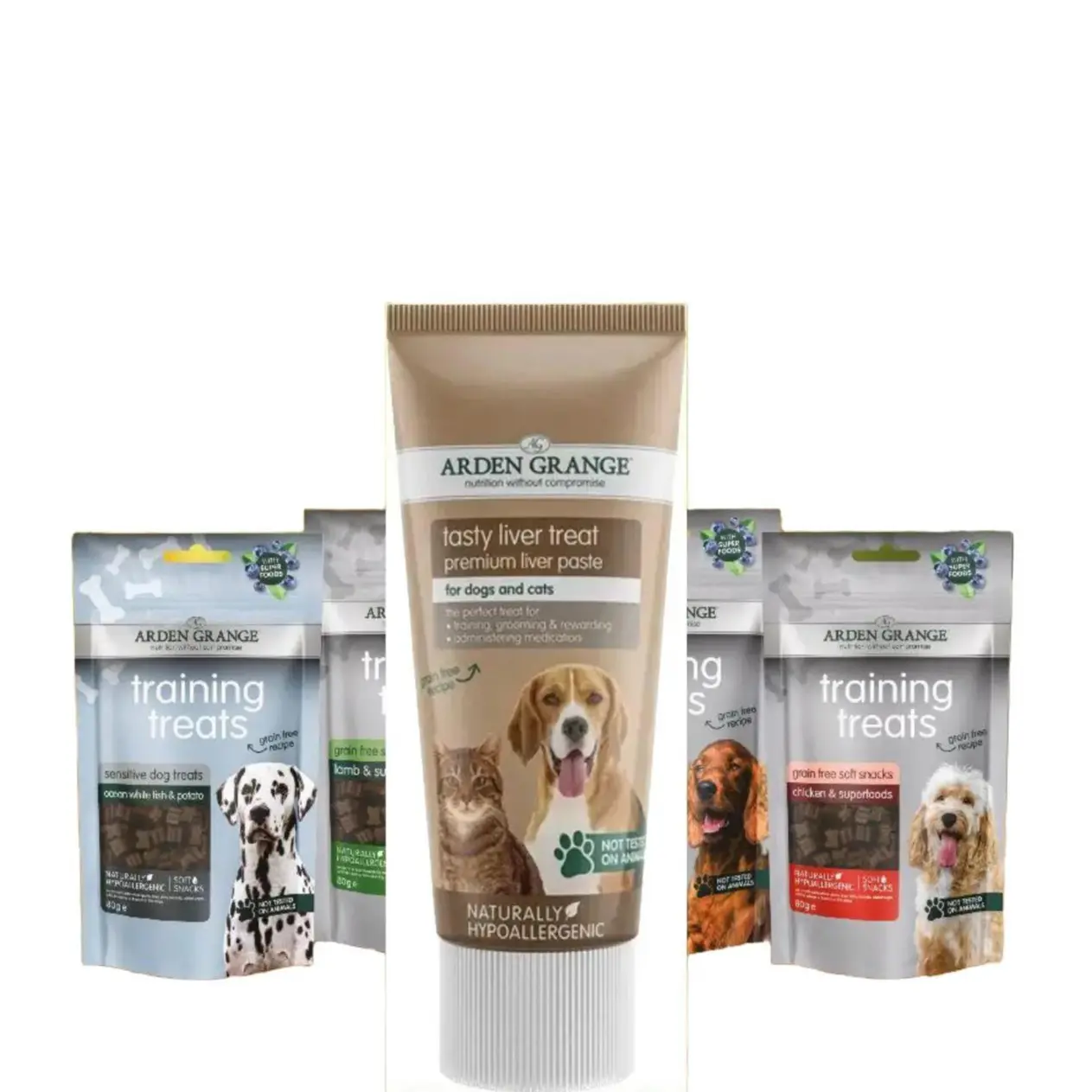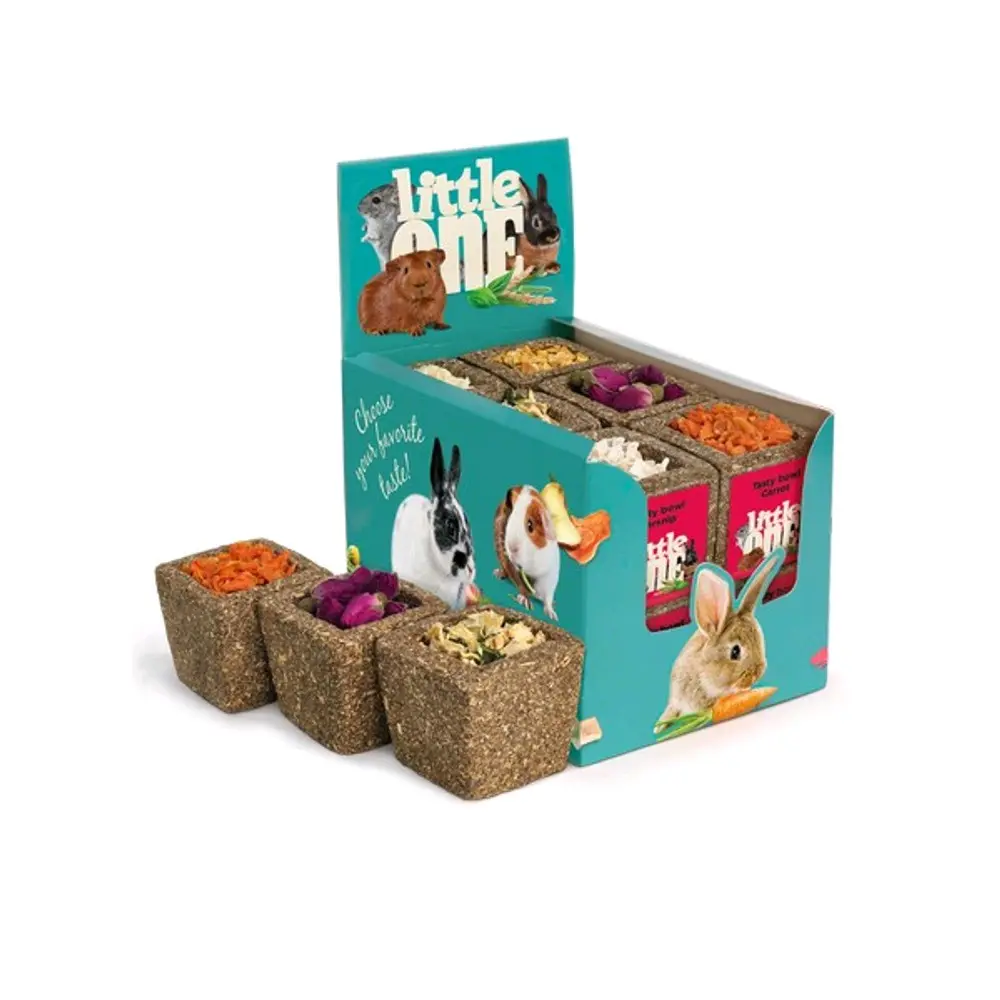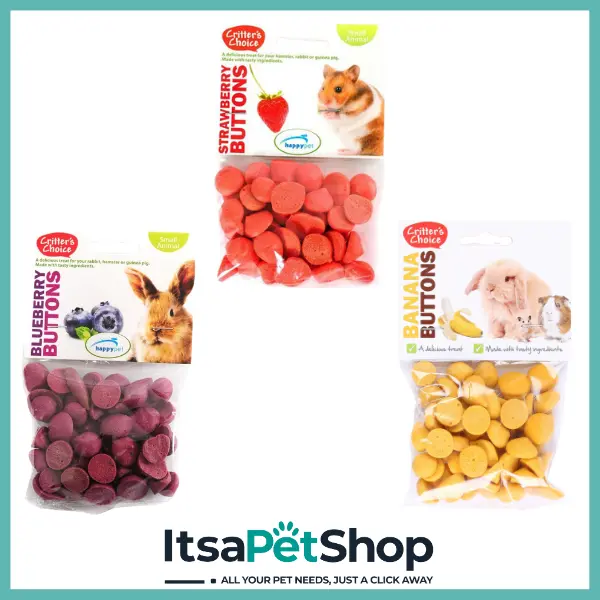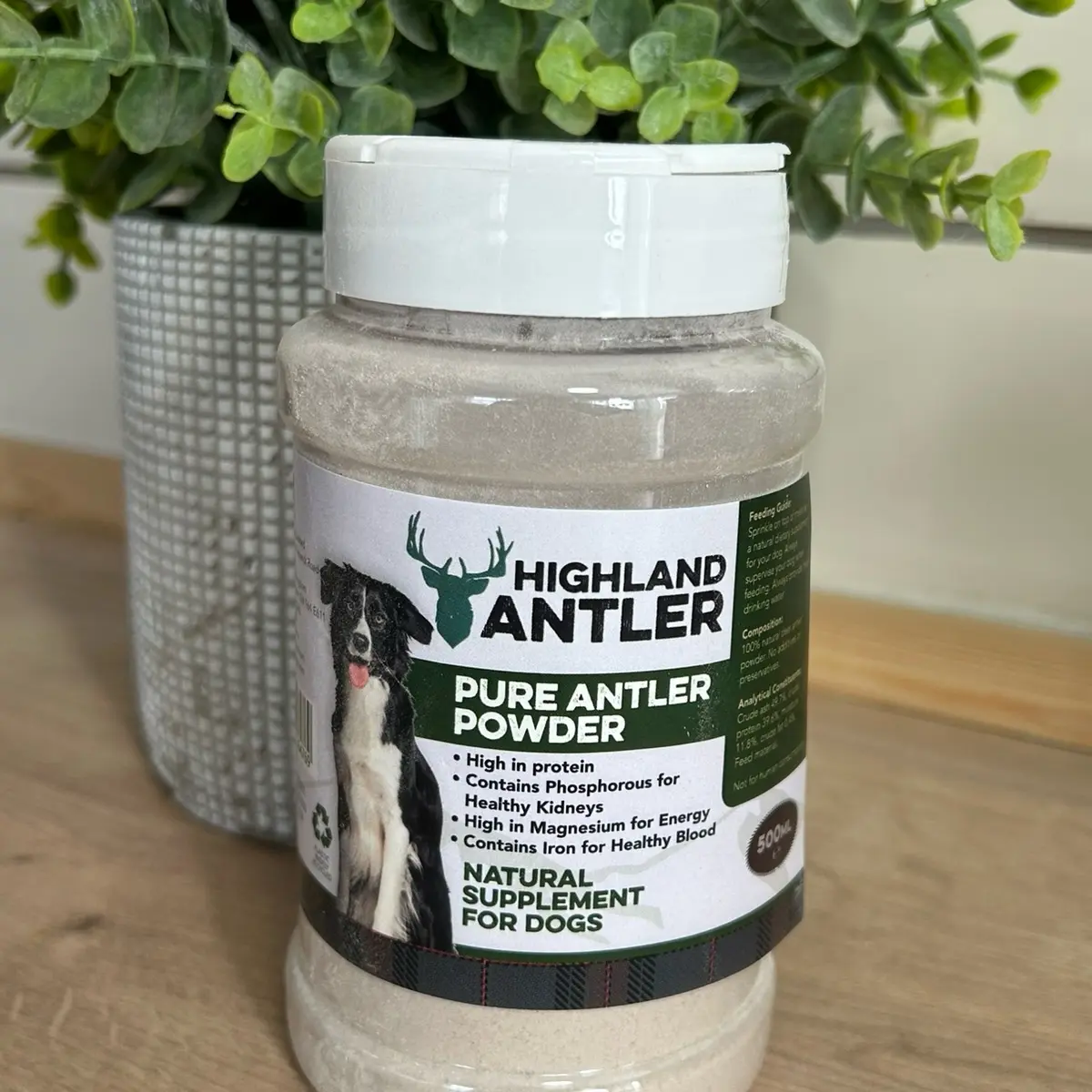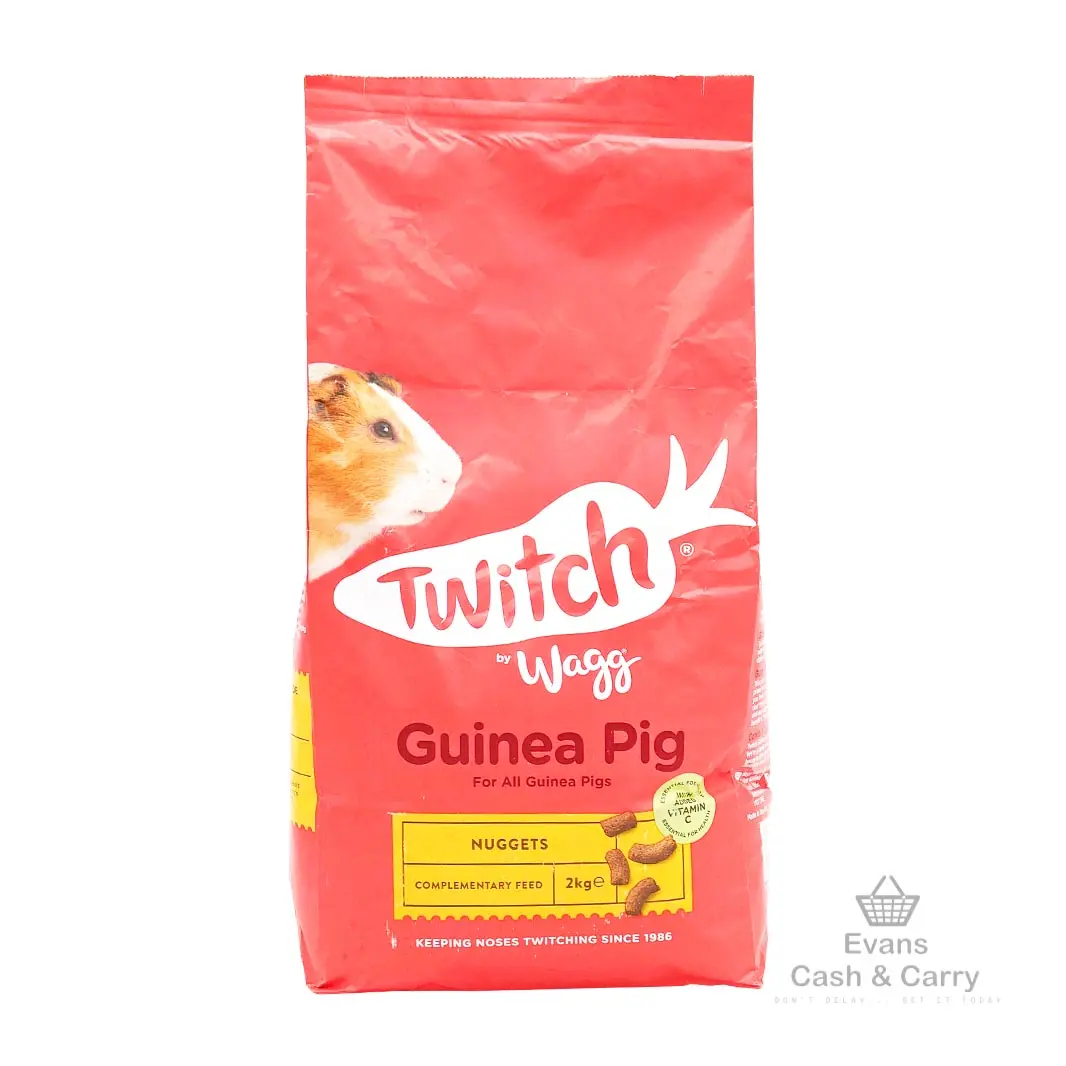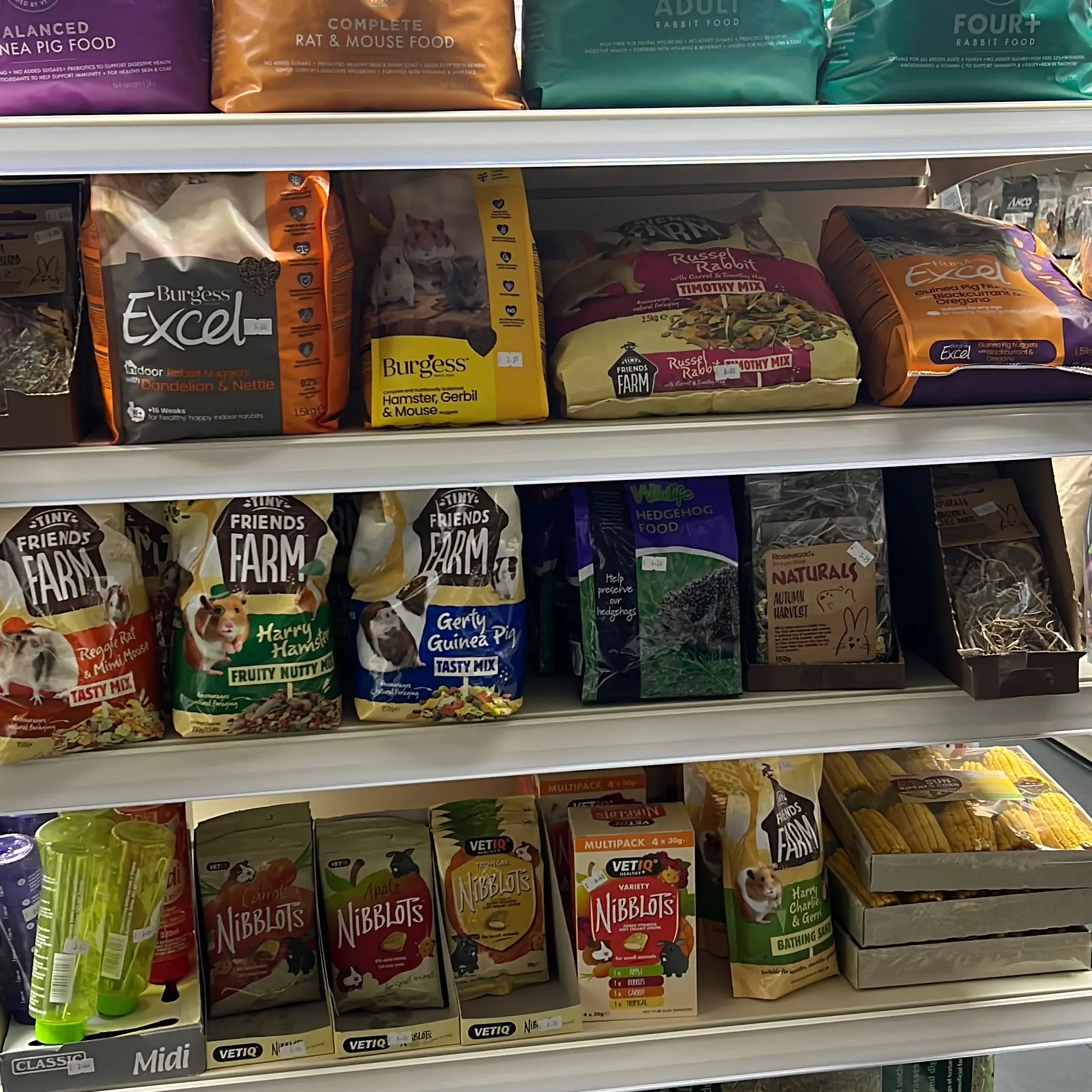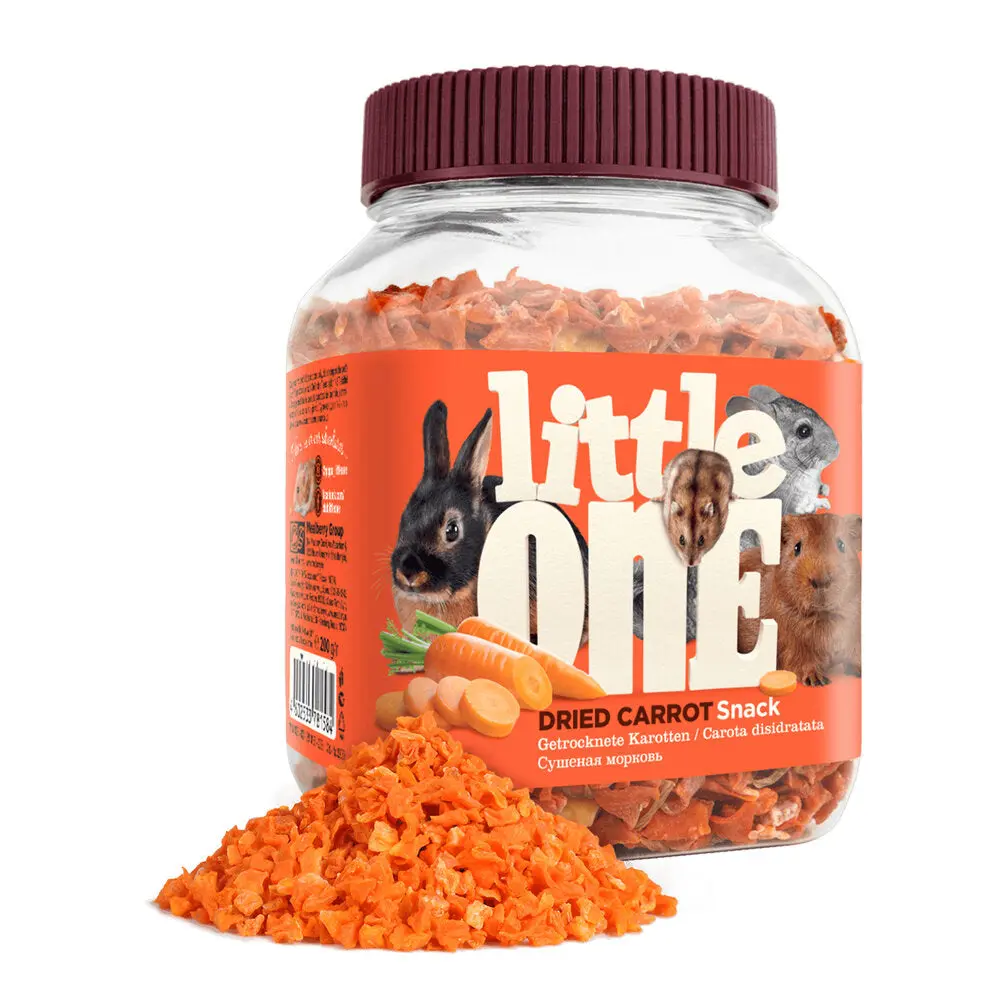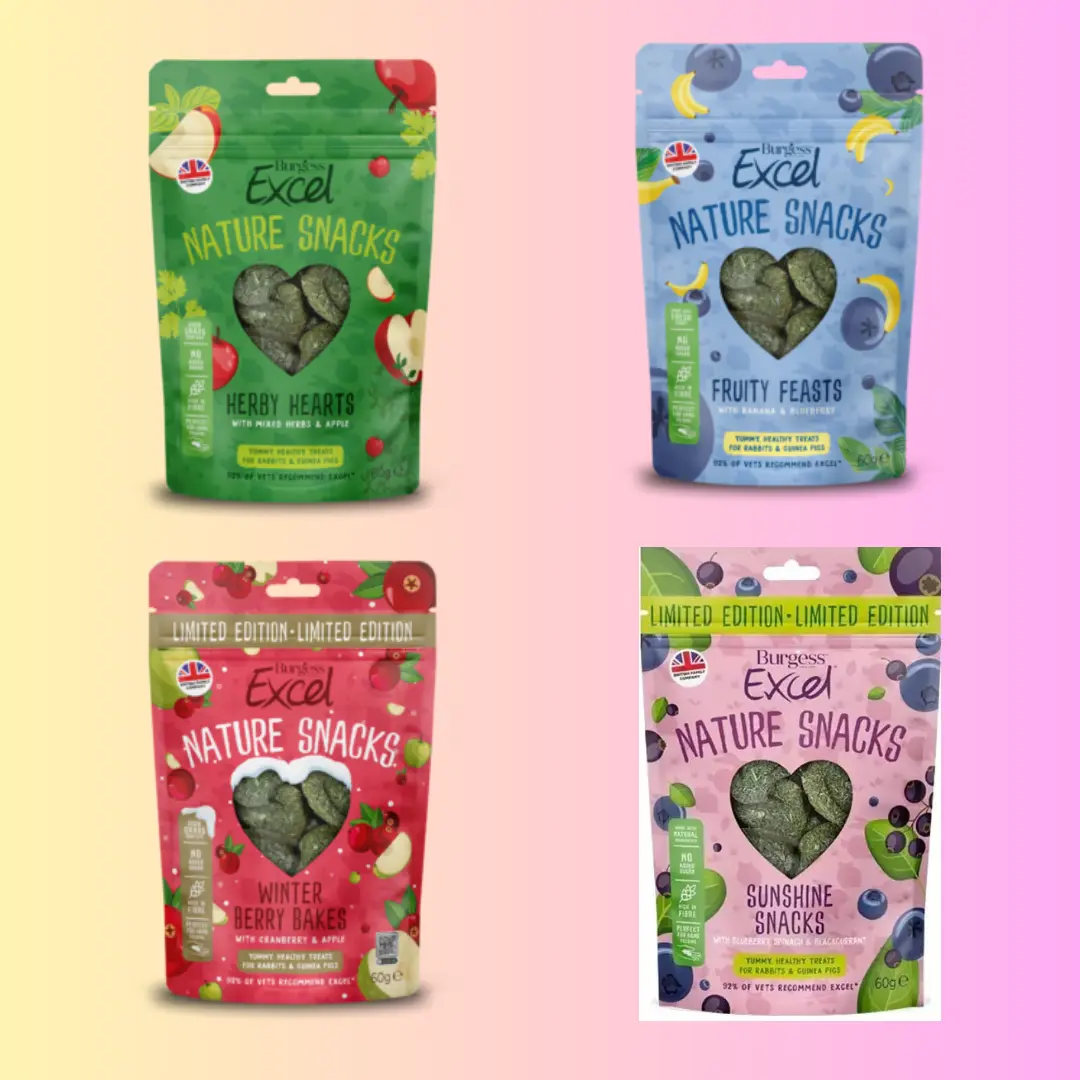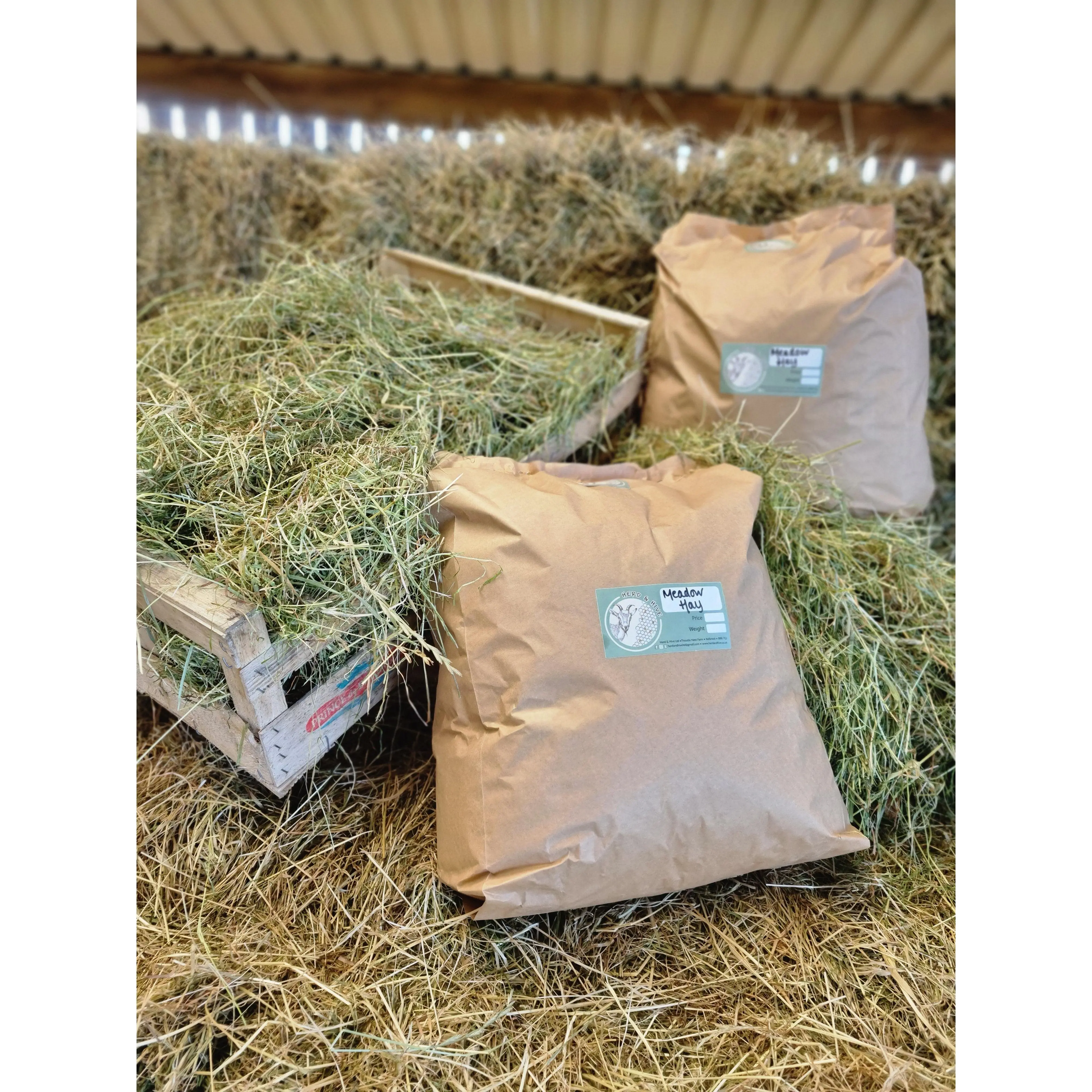Search
1/7
£13.70
Supreme Science Selective Ferret 2kg, may vary
Sold by Energy-Star
5(1)
1 sold
Free shipping
Select options
1, Standard
Shipping
£0.00
Specifications
Customer reviews (1)

n**
Item: 1, Standard
2 wk ago
For more info on customer reviews, read ourTikTok Shop UK/EU Customer Review Policy.

Energy-Star
4,747 items
Shop performance
Better than 80% of other shops
4+ star rating
89%
About this product
Allergen InformationSee Package
Product IngredientsSee Package
Product description
with chicken and turkey, contains 36% protein
highly digestible
Selective Ferret can help to reduce pet odours, and with extra linseed and Taurine, Selective helps keep eyes, coats and bodies healthy - inside and out
with chicken and turkey, contains 36% protein
highly digestible
selective ferret can help to reduce pet odours, and with extra linseed and taurine, selective helps keep eyes, coats and bodies healthy - inside and out
Item display weight: 0.1 grams
Science Selective Ferret Recommended by vets, his nutritionally complete and balanced diet for ferrets, with chicken and turkey, contains 36% protein, which is highly digestible. A perfect blend of ingredients has been selected to ensure ferrets get the right balance of proteins, oils, vitamins and minerals. Selective Ferret can help to reduce pet odours, and with extra linseed and Taurine, Selective helps keep eyes, coats and bodies healthy – inside and out. But it is what we don’t put in to Selective that is important too… Have you checked the label on your ferrets’ food lately? Take a look, because some foods contain molasses or syrup or other sugary ingredients.This extra sugar in a ferret’s diet can lead to overeating and obesity. It can also lead to dental problems too. Because ferrets have a very short digestive tract, they need a diet that is very high in protein and low in fibre. Selective has 36% protein and very low fibre levels at just 2%. Specialist vet Molly Varga says “Ferrets are increasingly popular as pets in the UK, and have been kept as working animals for many years. We know that they have high protein requirements and they are often called ‘Supercarnivores’ for that reason. As a vet who treats ferrets I need to be able to recommend a suitable food for my patients. With is high protein levels, lack of added sugar and palatable formulation, Supreme Ferret Food fulfils that criteria.†Feeding Selective for the first time? If you are feeding Selective to your ferrets for the first time, make sure you change from one food to another, gradually over 7-10 days. At first, you should mix a small amount of Selective with your ferrets’ current food, slowly decreasing the old diet, whilst gradually increasing the quantity of Selective. A sudden change in diet can cause digestive upsets – even when you are changing to a better quality diet so take care! If your ferrets are used to a sugary diet, you may find it takes them a while to change, but persevere as it will help to benefit your ferrets’ health in the long term. And don’t forget fresh water! Your ferrets should have an unlimited supply at all times.
Why Feed Selective? Here are some of the key benefits... Rich in essential protein – 36% Zero added sugar Prevents selective feeding No artificial colours & Suitable for all breeds Rich in essential taurine Highly palatable & Helps maintain healthy skin & coat Promotes dental hygiene Supports digestive health Composition Poultry meal, wheat, refined chicken oil, fish meal, turkey meal, sugar beet pulp, potato protein, linseed, chicken liver digest, soybean oil, salt.
Ferrets make great pets! They’re very inquisitive and sociable as well as being playful and intelligent! Ferrets are extremely active, love lots of exercise and will want you to play with them every day. They’re friendly once they get to know you and although they’re carnivores, they won’t bite you if you treat them right. Ferrets need lots of protein in their diet and because they digest their food very quickly, they must be fed at regular intervals. Which Ferret Will You Choose? Originally there were two ferret coat colours (albino and sable). Nowadays there are a wide variety of colours, patterns and markings. The different combinations of colours, patters and markings produce an infinite number of variations. Some examples of patterns could be “Roan†(a mixture of coloured and white hair) or “Dalmatian†(with spots and blotches on a white coat). Markings can be a mask of colour found across the face mitts and feet, or a blaze (white on forehead and chest).
What to Feed Your Ferret... Ferrets are carnivores so they need lots of protein in their diet, and this means that they will cost a little more to feed than a rabbit or guinea pig. Ferrets digest their food very quickly so need small, frequent meals with a high level of protein and oil. A good quality, heavy, earthenware bowl keeps food dry and clean and prevents the Ferret from tipping the food. Bowls must be cleaned after every use and stale food thrown away. Treats should be an extremely small element of the animal’s diet – overfeeding may lead to health problems such as obesity, dental problems and heart disease. Natural treats for your Ferret could be some cooked chicken, ham and hard boiled or scrambled eggs. You will need to be careful though as Ferrets will have a favourite hiding place where they will hoard food. You will need to find this and remove any food that is stale. NEVER GIVE YOUR FERRET ANY DAIRY PRODUCTS OR SWEETS.
Housing... While it’s ultimately up to you as the pet owner whether you want to keep your ferrets indoors or outdoors, we and the Ferret Association do recommend keeping them inside. Housing your ferret indoors protects against diseases including rabies. They also love to sleep in hammocks – so make sure you include one in your ferret’s enclosure. If kept inside your Ferret will need a large cage with at least two compartments. It should be kept away from draughts and direct sunlight. The ideal sized cage for one or two Ferrets would be 6ft x 2ft x 2ft (120cm x 60cm x 60cm). If you prefer to keep them outdoors a two-storey rabbit hutch will be ideal and it should be placed in a sheltered position, out of direct sunlight. In cold weather, there must be adequate protection from draughts, wind and rain. Cages should be checked before winter to ensure that they are water and draught proof and extra bedding should be provided if there is any doubt about insulation. Place the hutch on bricks or legs to avoid becoming damp during wet weather Ferret’s cages need cleaning out regularly to ensure that your ferrets stay in the best of health. They are clean animals and don’t like dirtying their living area, so you also need to provide a litter tray. Every day: Remove all soiled bedding and check water bottle/bowl. Change litter tray to prevent odour build up and attraction of pests. Once a week: Remove all bedding.Thoroughly sweep out all the soiled bedding. Rinse with warm water and mild detergent and wait until dry. Spray inside of cage with a safe cleaning product and wait until dry. Replace with clean bedding. Provide a run for your Ferret; it is very important that it gets plenty of exercise every day. It will love running around and playing. Ferrets are naturally very active and inquisitive animals. They like to keep themselves busy and, when allowed, spend the majority of their time running around and investigating their surroundings. Make some tunnels out of drainpipes or terracotta chimney liners. Flowerpots, cardboard or wooden boxes are great for hiding in and exploring. Your Ferret will also enjoy branches to climb on as well as platforms and a hammock. Hide some small pieces of food or treats in the play area to encourage your Ferret to forage. Your Ferret will also enjoy a walk outside with you too, but make sure you are in a safe, secure area. Use a harness and have an identity tag if you walk in a public area, just in case it escapes.
Handling Ferrets To ensure that your Ferret becomes tame and affectionate it is important that you handle it frequently and correctly. Picking up your Ferret incorrectly could lead to it being permanently frightened and may lead to it becoming aggressive. Remember that most small animals are prey in the wild. So, if approached from above they’ll see a large shadow and become scared. They might run and hide or try to attack you. Before attempting handling, make sure that your Ferret is awake and alert. Let it decide when it is ready to come to you. Your voice is a very good method of introduction, it will make your Ferret aware that you are nearby. Ferrets should be grasped around the shoulders with one hand, with your thumb under its mouth and, at the same time, supporting the hind legs with your other hand. Then gently lift it and hold against your chest.
Explore more from Energy-Star
More from category
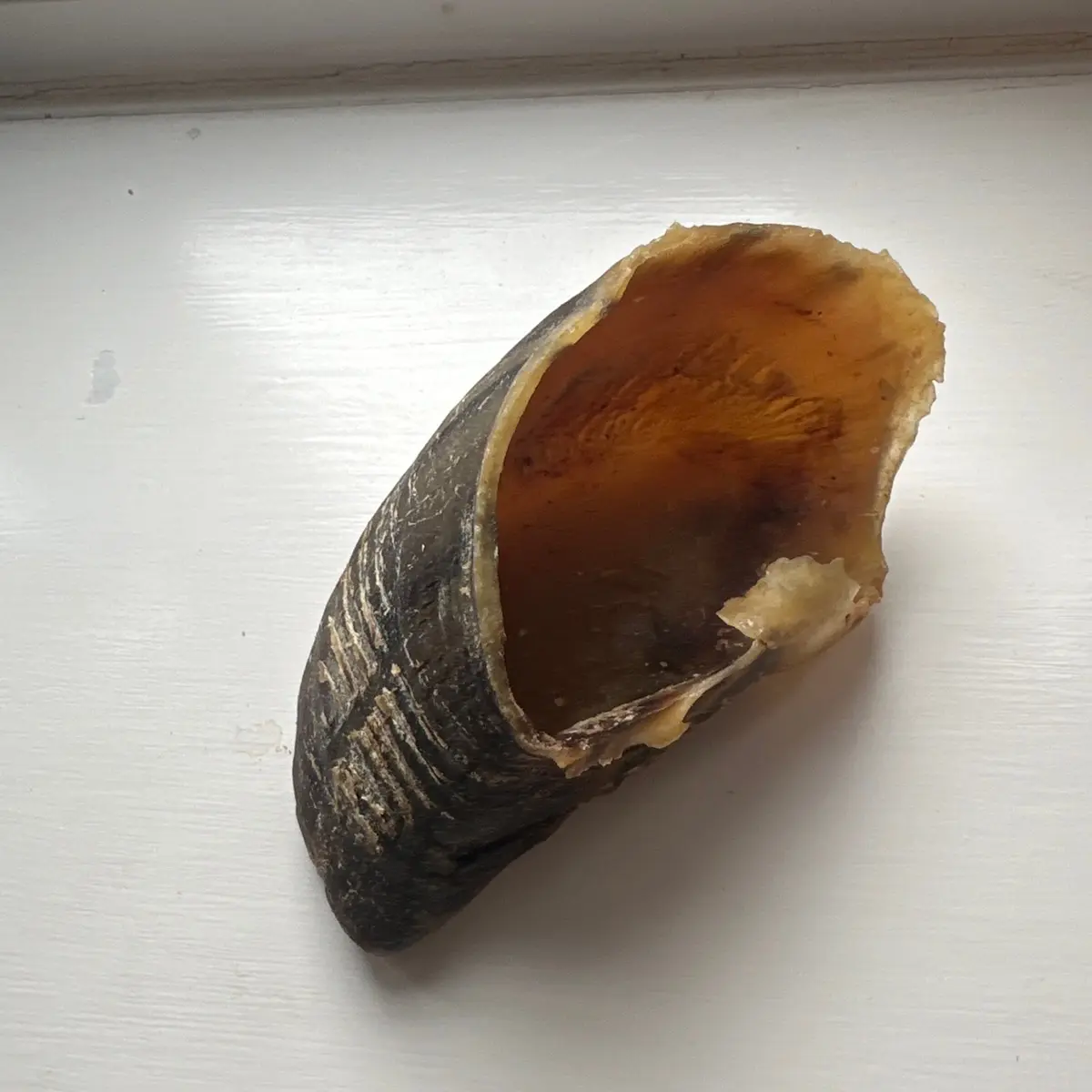
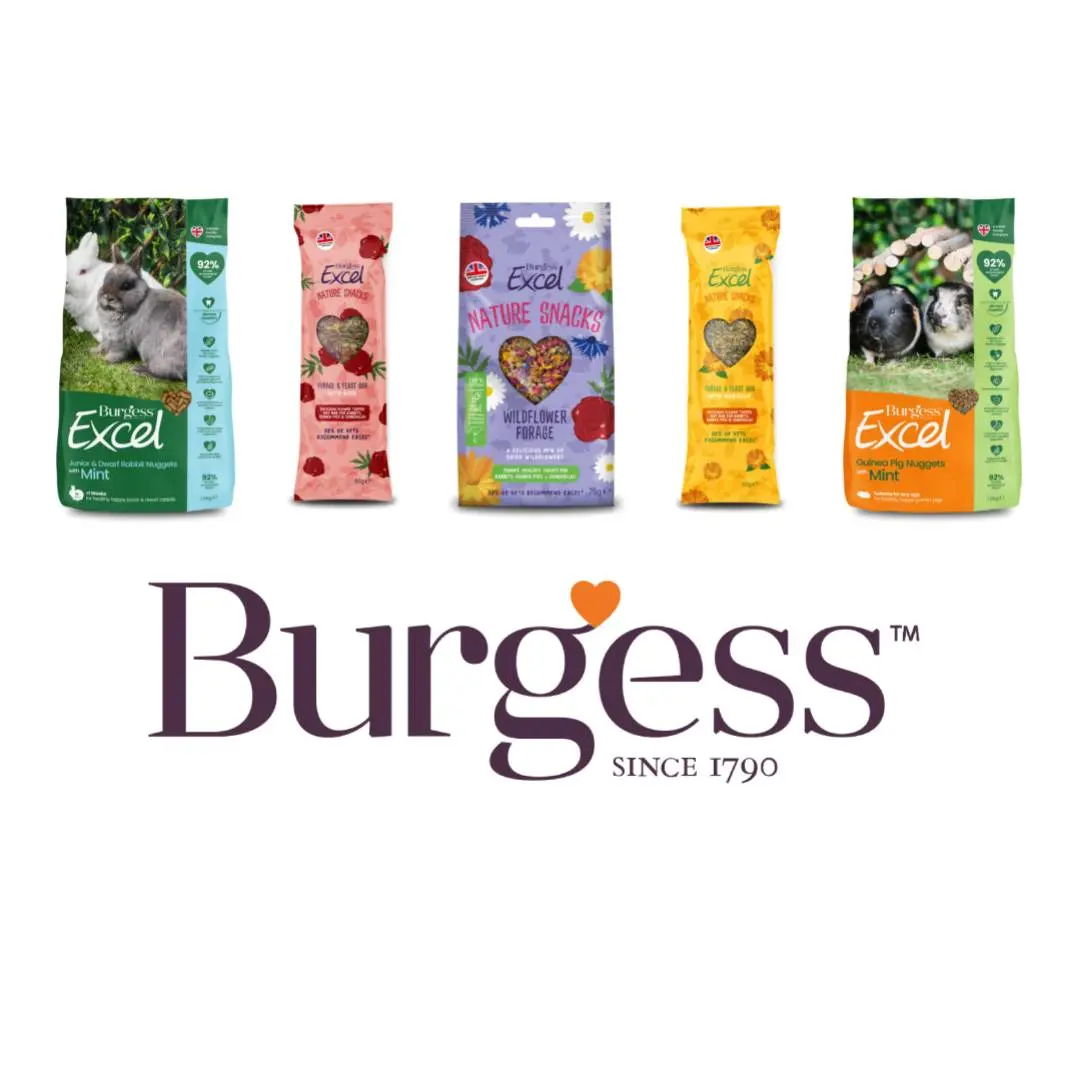
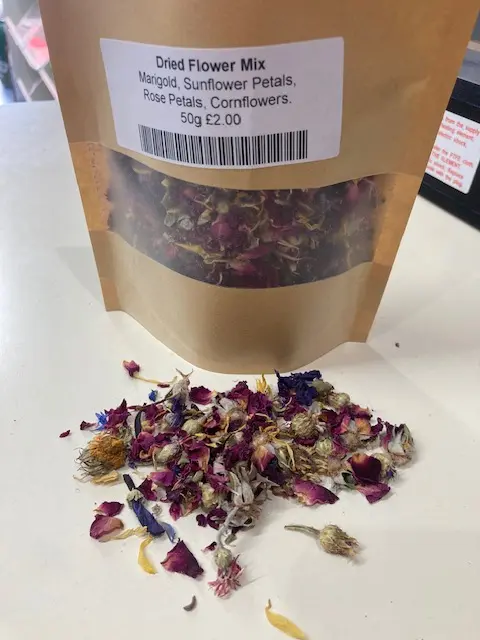
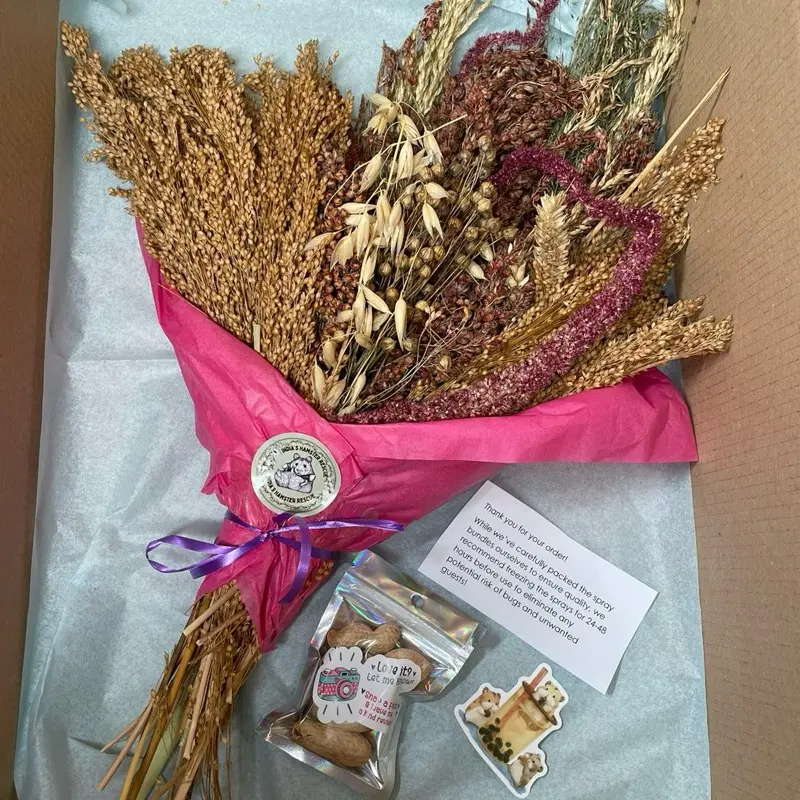
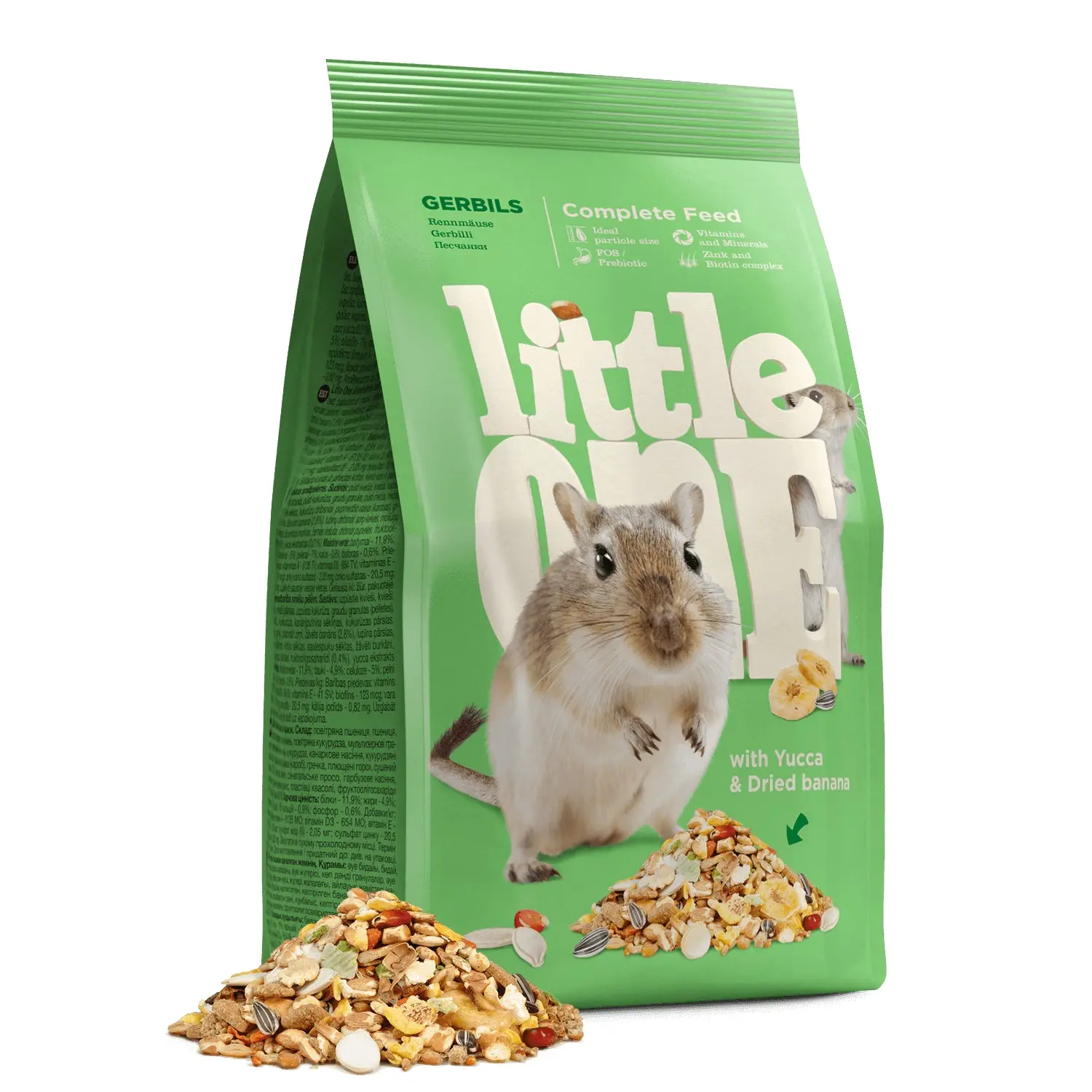
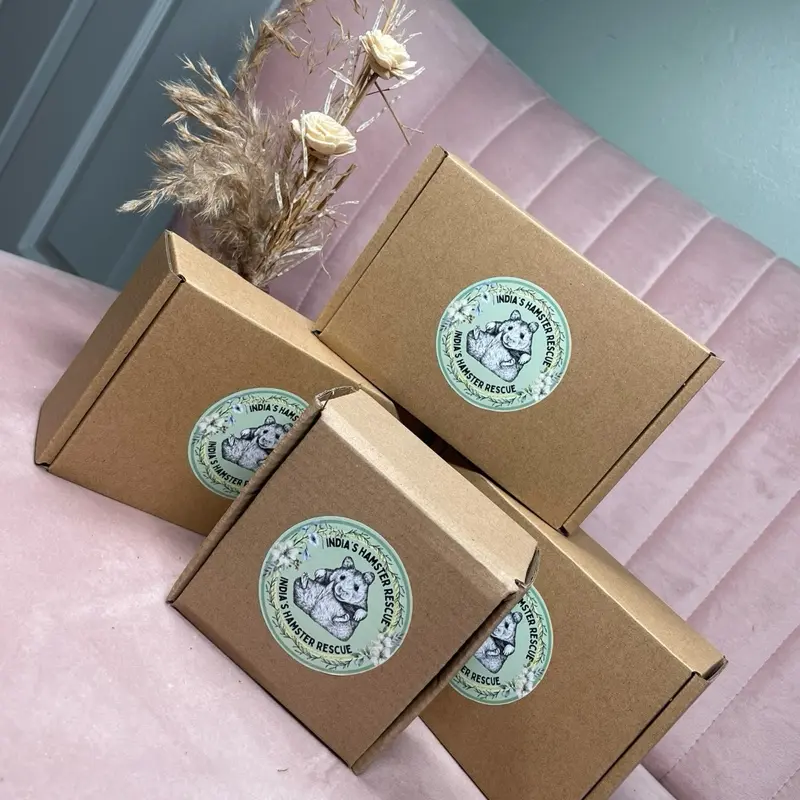
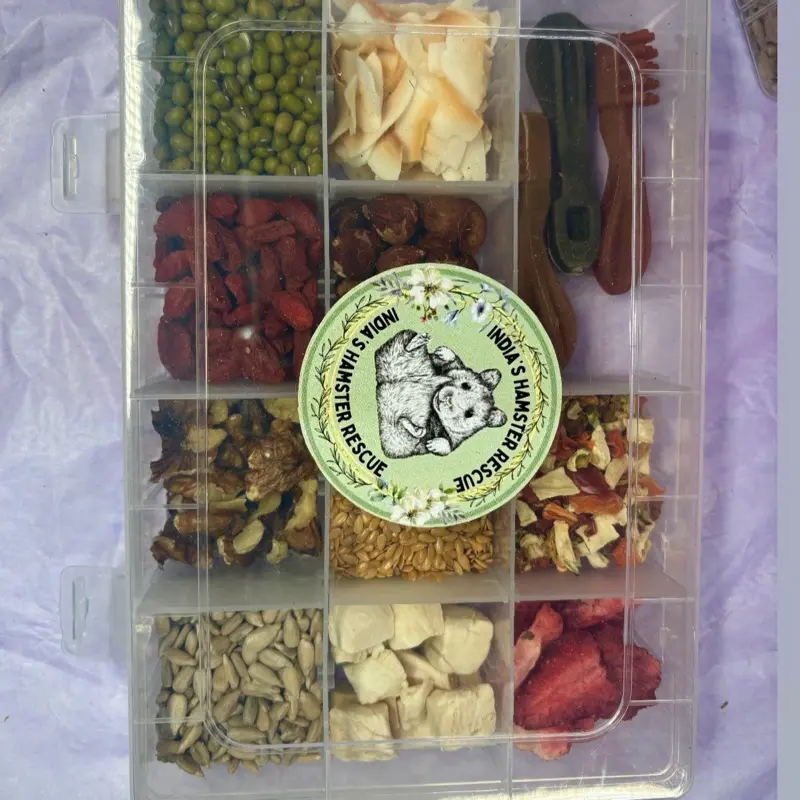

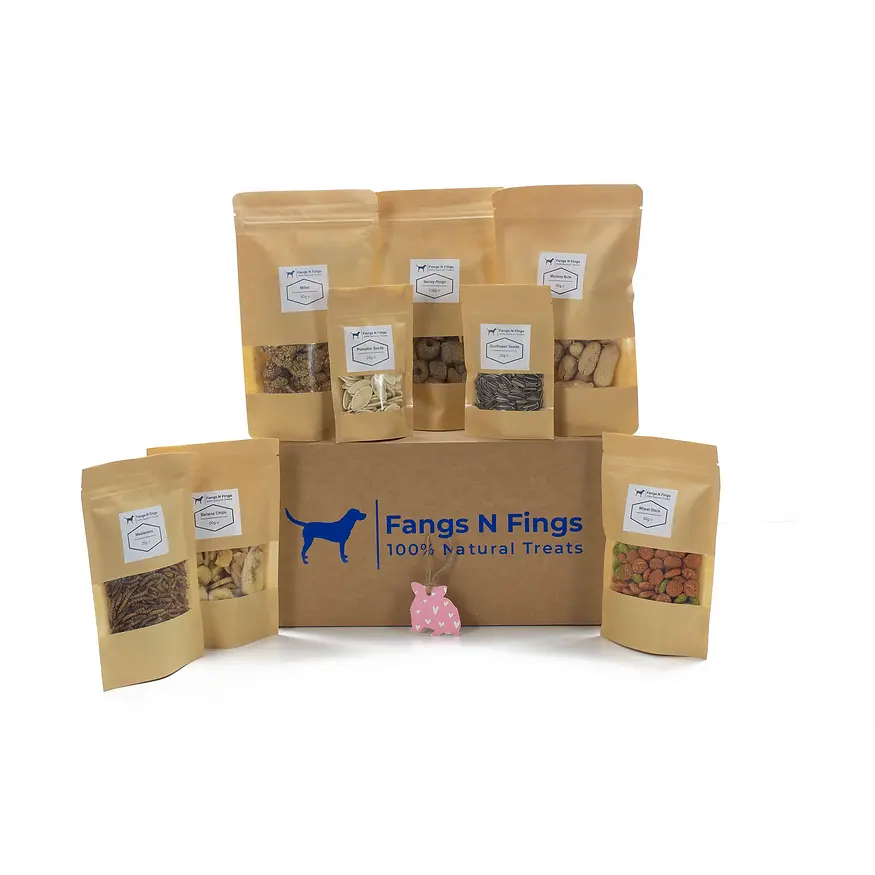
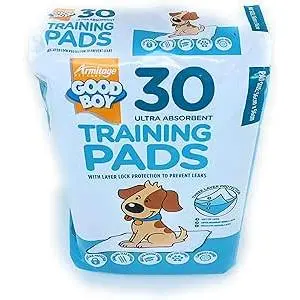
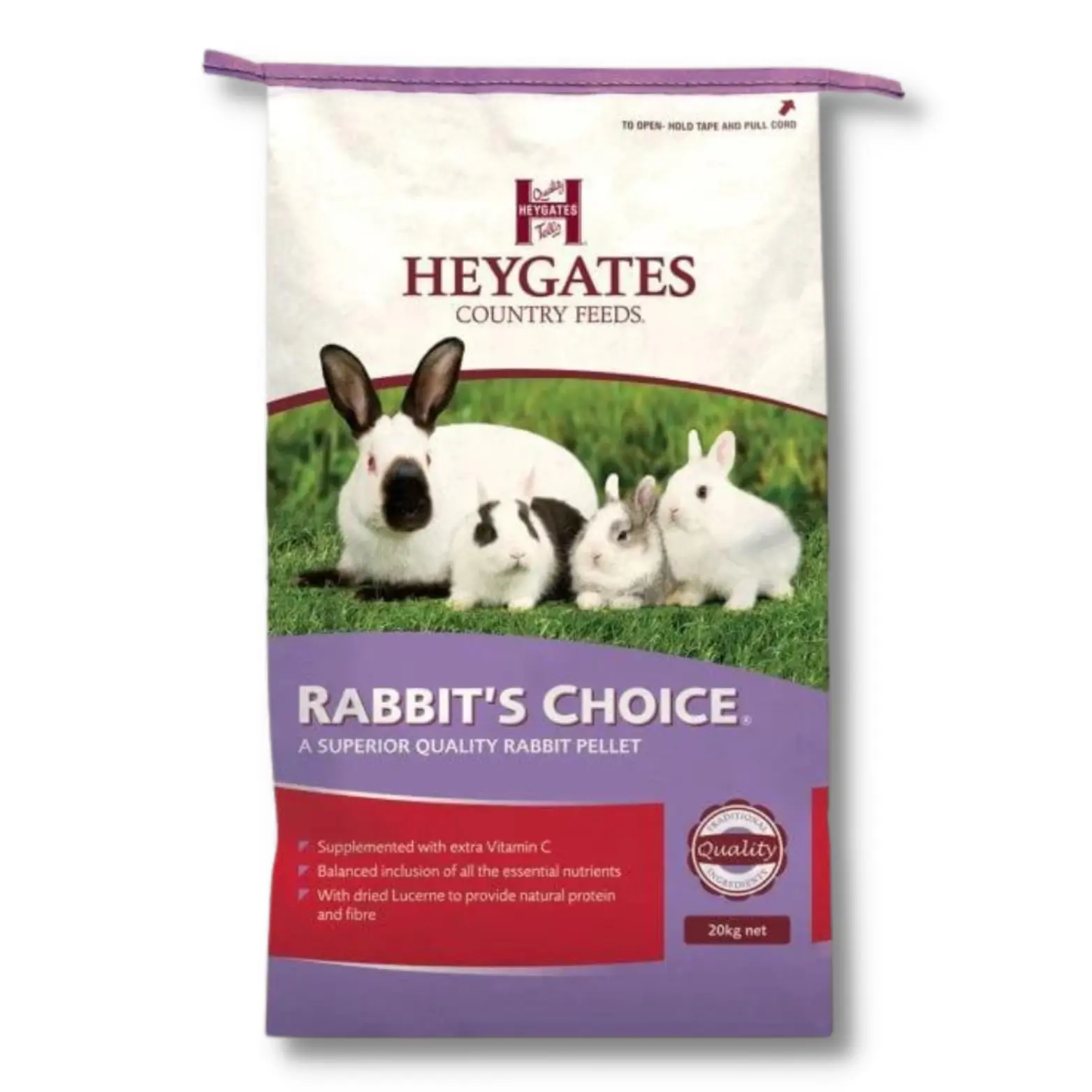
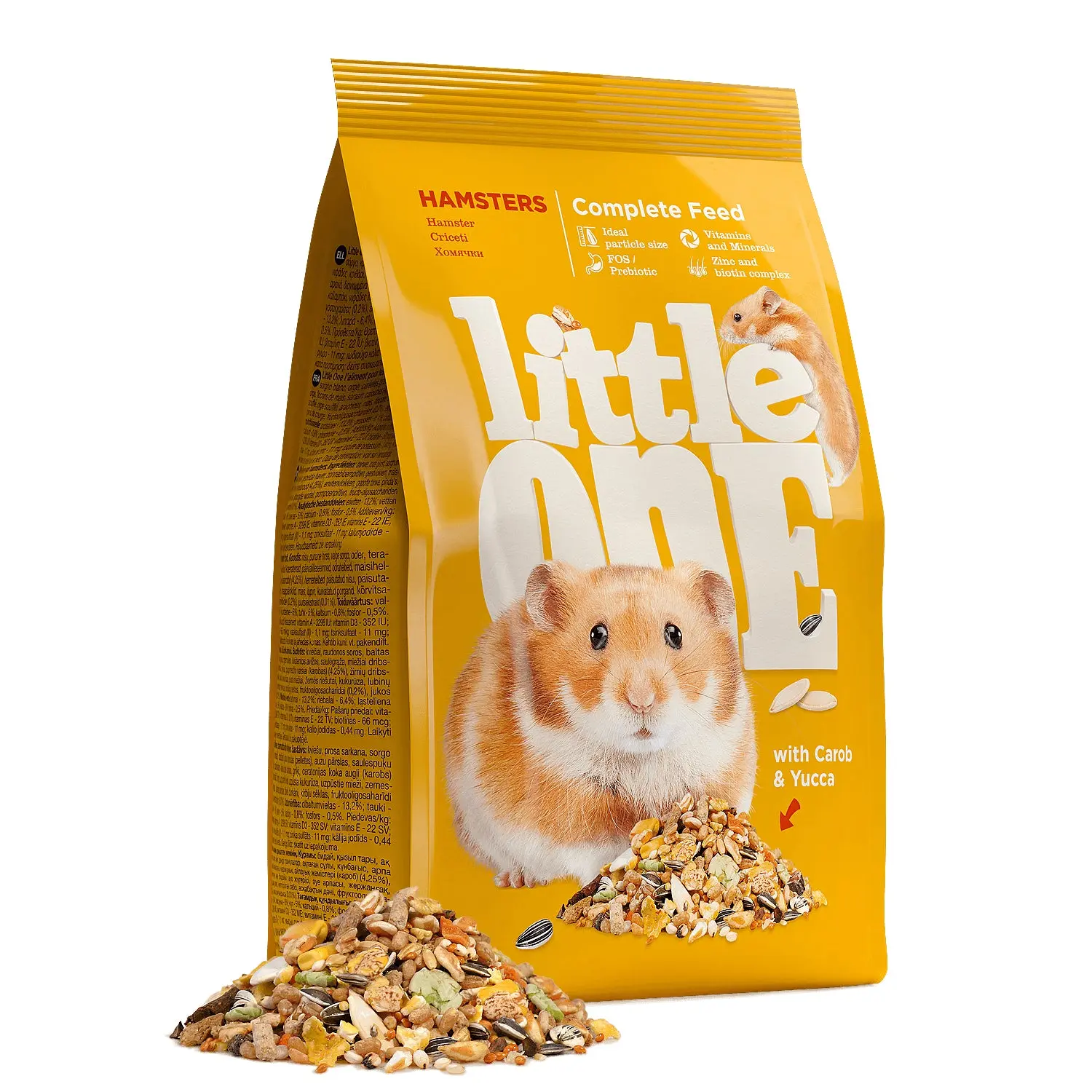
No more products
Open TikTok







